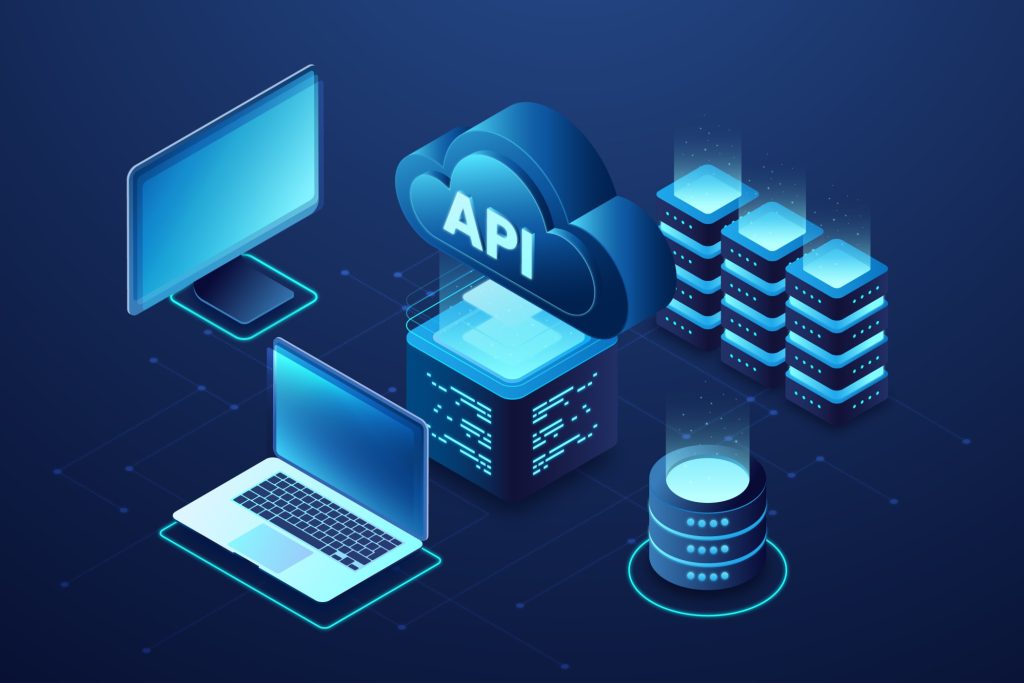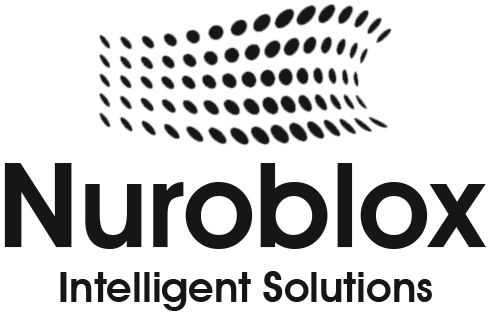What is iPaaS and How does it Work
As businesses adopt more cloud-based applications to power operations, sales, and customer service, integrating all these tools becomes increasingly complex. Data silos, disconnected systems, and manual workflows slow down teams and create inefficiencies. That’s where iPaaS (Integration Platform as a Service) comes in.
iPaaS is a cloud-based solution that enables seamless integration between applications, systems, and data sources. It helps businesses build automated workflows, sync data in real time, and connect tools without writing complex code. From marketing and sales to finance and IT, iPaaS ensures that every part of your tech stack can work together effortlessly.
This blog explains what iPaaS is, how it works, and why it’s become a critical part of modern digital transformation strategies.
What is iPaaS (Integration Platform as a Service)?
iPaaS stands for Integration Platform as a Service, a cloud-based platform that enables businesses to connect and integrate different applications, data sources, and services across their organization.
Instead of building complex custom integrations from scratch, iPaaS offers pre-built connectors, drag-and-drop interfaces, and automation tools that make it easy to link systems like CRMs, ERPs, marketing platforms, databases, and more. This allows data to flow smoothly between systems, helping teams work more efficiently and make better decisions with real-time information.
Think of iPaaS as a central hub that lets all your business tools “talk” to each other, whether they’re in the cloud, on-premises, or a mix of both.
Key Components of iPaaS

To understand how iPaaS works effectively, it’s important to break down its core components. These are the building blocks that enable seamless integration and automation across systems:
1. Connectors and Adapters- Pre-built modules that allow iPaaS platforms to connect with a wide range of third-party applications (e.g., Salesforce, SAP, Slack, databases, cloud storage). These eliminate the need for custom coding and make integration faster.
2. Data Mapping and Transformation- Tools to match and convert data from one format or structure to another (e.g., mapping a customer ID from CRM to the ERP system). This ensures consistent, usable data across systems.
3. Workflow Automation- Visual designers and logic builders that enable users to create automated workflows based on triggers, conditions, and actions. This includes “if-this-then-that” rules for streamlined task execution.
4. API Management- iPaaS platforms provide the ability to create, publish, secure, and manage APIs to enable communication between software services. This supports extensibility and custom integrations.
5. Monitoring and Logging- Real-time dashboards, alerts, and logs give visibility into integration flows, making it easy to track data movement, performance, and troubleshoot issues.
6. Security and Compliance- Robust security features including encryption, authentication, access control, and compliance with regulations like GDPR, HIPAA, and SOC 2 to protect sensitive data.
7. Scalability and Multi-Tenant Architecture- iPaaS platforms are designed to scale with growing business needs and support multiple teams or clients on the same infrastructure without conflict.
How iPaaS Works
Integration Platform as a Service (iPaaS) works by providing a cloud-based hub that connects disparate systems, applications, and data sources. Whether on-premise or cloud-based without the need for custom development.
Here’s how it typically works step-by-step:
1. Application Connections via Pre-Built Connectors- Users select or configure connectors to link applications (e.g., Salesforce, NetSuite, Google Sheets). These connectors standardize access to each app’s data and functionality.
2. Trigger-Based or Scheduled Workflows- Once connections are established, users can set up workflows that start with a specific event (e.g., “new lead created in CRM”) or a timed schedule (e.g., “every hour”).
3. Data Mapping & Transformation- iPaaS translates and formats data between systems. For instance, a date field from one app can be reformatted to match another app’s requirements, ensuring seamless communication.
4. Logic Implementation (If/Then Conditions)- Using a visual workflow editor, users define rules like:
“If a new support ticket is created → then assign it to a rep → and log it in the reporting dashboard.”
5. Execution & Real-Time Syncing- iPaaS platforms run workflows automatically, keeping data and processes synchronized across systems in real-time or near real-time.
6. Monitoring and Alerts- Users can monitor integrations through dashboards, receive alerts for errors, and make changes on the fly. This ensures operational continuity and fast issue resolution.
Benefits of iPaaS
iPaaS (Integration Platform as a Service) provides a modern, scalable approach to connecting applications and automating workflows across the enterprise. Here are the key benefits:
- Faster Integration Across Systems: iPaaS significantly reduces the time needed to integrate cloud and on-premise apps. Pre-built connectors and drag-and-drop tools eliminate the need for custom code, speeding up deployment.
- Centralized Management: With iPaaS, all integrations are managed from a single dashboard. This central visibility enables easier monitoring of data flows, updating of logic, and troubleshooting of errors in real-time.
- Enhanced Data Consistency: By synchronizing data across apps and platforms, iPaaS reduces duplication and manual entry errors. This ensures that business teams always work with accurate, up-to-date information.
- Improved Agility and Scalability: As your tech stack evolves, iPaaS can easily adapt letting you add or replace tools without disrupting operations. It scales with your business, supporting increased data loads and growing integration needs.
- Cost Efficiency: By removing the need for point-to-point custom integrations and reducing IT workload, iPaaS helps lower integration costs and shortens project timelines.
Choosing the Right iPaaS Solution
Selecting the right Integration Platform as a Service (iPaaS) is critical to ensuring seamless data flow, system interoperability, and long-term scalability. Here are the key factors to consider when evaluating iPaaS vendors:
1. Ease of Use- Look for platforms with an intuitive interface, drag-and-drop workflow builders, and minimal coding requirements. This allows both technical and non-technical users to manage integrations.
2. Pre-Built Connectors- Choose an iPaaS that offers a wide range of pre-built connectors for your most-used SaaS applications, databases, and on-premise systems. This reduces implementation time and complexity.
3. Scalability- Ensure the platform can grow with your business. The iPaaS solution should handle increasing volumes of data, users, and integrations without compromising performance.
4. Security and Compliance- Your iPaaS provider should meet your organization’s security requirements, offering features like end-to-end encryption, role-based access, audit trails, and compliance with standards such as GDPR, HIPAA, or SOC.
5. Support for Hybrid and Multi-Cloud Environments- If your business uses a mix of cloud and on-premise systems or multiple cloud providers choose an iPaaS that supports hybrid integrations and multi-cloud architectures.
6. Monitoring and Error Handling- Advanced monitoring, logging, and alerting features help ensure data flows correctly. Look for platforms with real-time dashboards and automated error resolution capabilities.
7. Total Cost of Ownership- Compare pricing models some iPaaS platforms charge based on usage (data volume, connectors, flows), while others offer flat-rate plans. Evaluate both short-term and long-term costs, including training and maintenance.
Conclusion
iPaaS has emerged as a game-changer for businesses looking to unify their growing tech stack. By simplifying integration across cloud and on-premise applications, it eliminates data silos and boosts workflow efficiency. With minimal coding and scalable architecture, iPaaS empowers both IT and business users to connect systems faster and adapt to change with ease.
As digital ecosystems grow more complex, choosing the right iPaaS platform will be key to staying agile, connected, and competitive.


